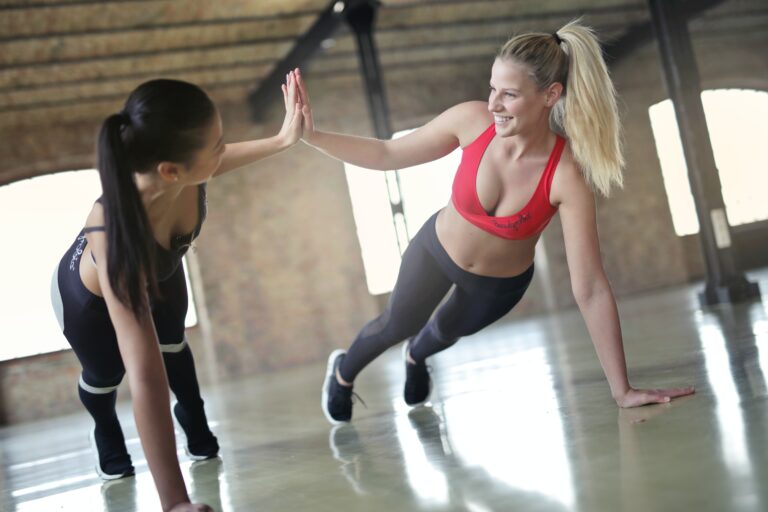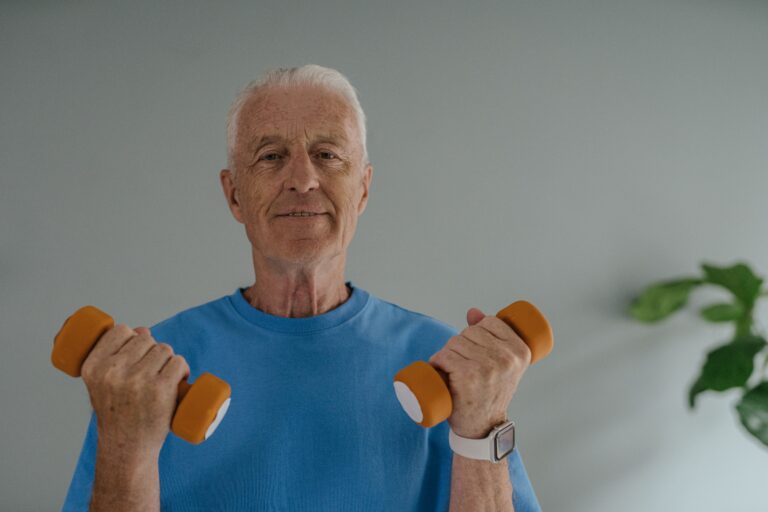Walk For Health
Walk Your Way to Good Health!
The simplest, safest, and least expensive exercise is walking. But how fast should you walk?
Research has shown that walking at speeds of 3.5 to 4.5 miles an hour – that’s brisk walking, not strolling – produces cardiovascular benefits.
A woman of average size can walk comfortably at brisk speeds of 3.5 to 4 miles an hour, while the average-sized man can walk at 4.5 to 5 miles per hour. Slower walking (2 miles per hour) can be advantageous for older people, cardiac patients, or people recuperating from illness. Walking at speeds of 5 miles an hour can burn as many calories as moderate jogging, but even slow walking can burn 60 to 80 calories per mile.
One-Mile Walking Test |
||
| If you are thirty to sixty-nine years old and want to evaluate your general aerobic fitness level, walk one mile as fast as you can and time yourself. Then, compare your results with the following chart. | ||
Category |
Male (min:sec) |
Female (min:sec) |
| Excellent | less than 10:12 | less than 11:40 |
| Good | 10:13 – 11:42 | 11:41 – 13:08 |
| High average | 11:43 – 13:13 | 13:09 – 14:36 |
| Low average | 13:14 – 14:44 | 14:37 – 16:04 |
| Fair | 14:45 – 16:23 | 16:05 – 17:31 |
| Poor | more than 16:24 | more than 17:32 |
Tips and techniques for a walking program:
- If you’re inactive but healthy, start with mile-long walks at a pace of three miles per hour five times a week. Over the course of a month, gradually increase your distance to three miles at a pace of four miles per hour five times a week. If you are unable to walk that fast, walk a little farther.
- You can increase the aerobic benefits of brisk walking in two ways. Swing your arms: your upper body needs a workout too. And as you get used to walking, carry a six-pound backpack or hand weights. You can substitute a briefcase or shopping bag for the backpack.
- Don’t ride when you can walk. Incorporate walking into your daily routine. If you must take public transportation, get off a few stops early and walk to your destination.
- If it’s too hot or cold outdoors, you can walk for exercise in your local mall, or in any other climate-controlled environment. Many malls have instituted walking programs sponsored by the American Heart Association.
- Put variety into your walking program. Take a companion along. Try a different route, particularly leading to hilly territory, which will boost the aerobic benefits. If you get tired, alternate fast walking with strolling.
Tips and techniques for a walking program:
- If you’re inactive but healthy, start with mile-long walks at a pace of three miles per hour five times a week. Over the course of a month, gradually increase your distance to three miles at a pace of four miles per hour five times a week. If you are unable to walk that fast, walk a little farther.
- You can increase the aerobic benefits of brisk walking in two ways. Swing your arms: your upper body needs a workout too. And as you get used to walking, carry a six-pound backpack or hand weights. You can substitute a briefcase or shopping bag for the backpack.
- Don’t ride when you can walk. Incorporate walking into your daily routine. If you must take public transportation, get off a few stops early and walk to your destination.
- If it’s too hot or cold outdoors, you can walk for exercise in your local mall, or in any other climate-controlled environment. Many malls have instituted walking programs sponsored by the American Heart Association.
- Put variety into your walking program. Take a companion along. Try a different route, particularly leading to hilly territory, which will boost the aerobic benefits. If you get tired, alternate fast walking with strolling.
 |
| The Benefits of Exercise Free Exercise Make Walking a Part of Your Everyday Life |









I have been trying to walk for about an hour every day when the weather is nice. That is not very often here in Seattle.